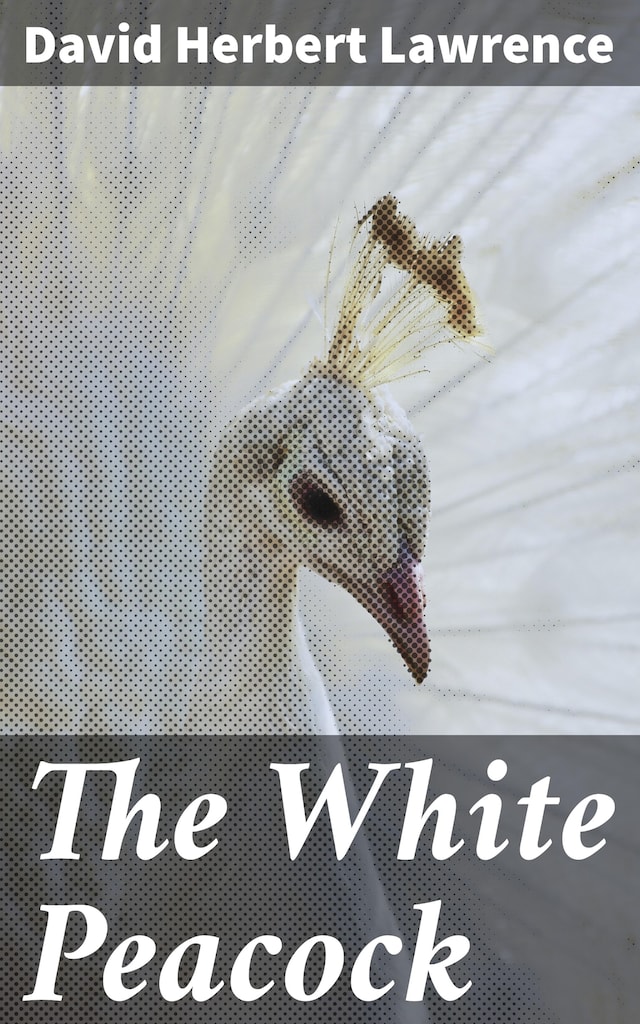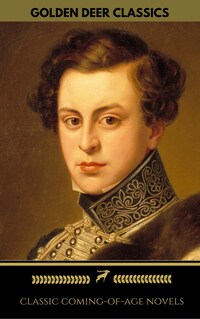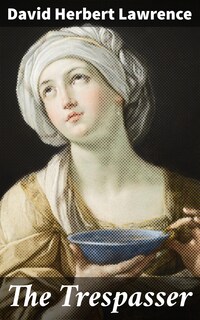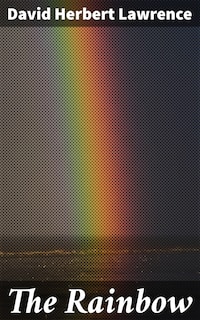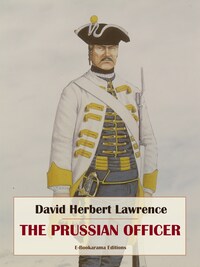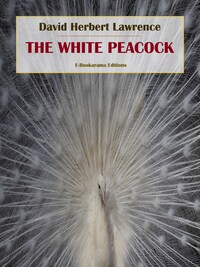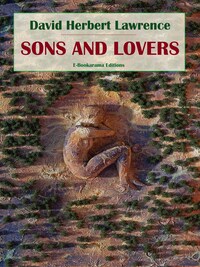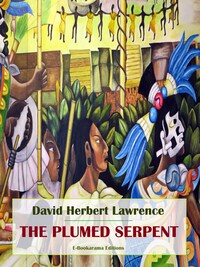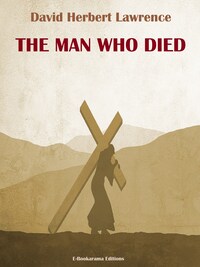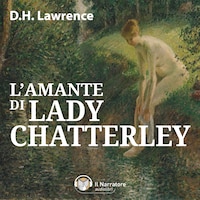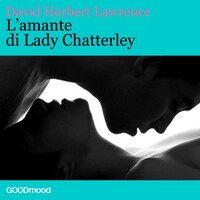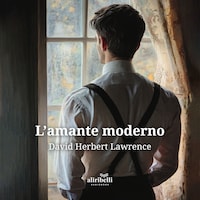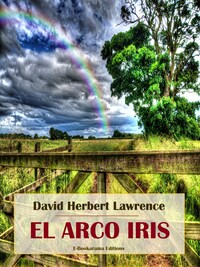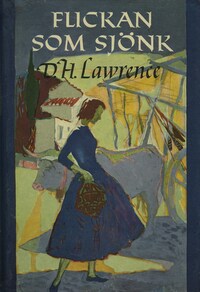The White Peacock
Exploring Relationships, Class, and Nature in an English Countryside Classic
Description of book
David Herbert Lawrence's debut novel, "The White Peacock," intricately weaves the themes of nature, class, and identity against the backdrop of the English countryside. Written in a lyrical and impressionistic style, the narrative unfolds through the eyes of various characters, especially the spirited protagonist, Gerald, as he navigates his relationships within a class-divided society. The novel is a compelling exploration of human emotion and the struggle for connection, revealing the contrasts between the pastoral beauty of the natural world and the often-cynical realities of human relationships. Published in 1911, the book captures the transition from Victorian norms to the modernist thoughts that would dominate the early 20th century, propelling readers into a world where personal desires clash with societal expectations. Lawrence, raised in the coal-mining town of Eastwood, had firsthand experience of the socio-economic tensions that permeate his work. His upbringing in a working-class family and his deep appreciation for the natural world greatly influenced his writing. "The White Peacock" serves as both a critique of class structures and a reflection of Lawrence'Äôs own literary journey, marking his emergence as a key figure in modernist literature. Readers seeking a profound examination of love, nature, and societal pressures will find "The White Peacock" an essential addition to their literary repertoire. Lawrence's evocative prose invites readers to contemplate their own relations with the natural world and the complexities of human existence, ensuring the book's resonance across generations.
 David Herbert Lawrence
David Herbert Lawrence 413 Pages
413 PagesThe book The White Peacock and over 1 million other books
from €199/month
Fill your life with stories
